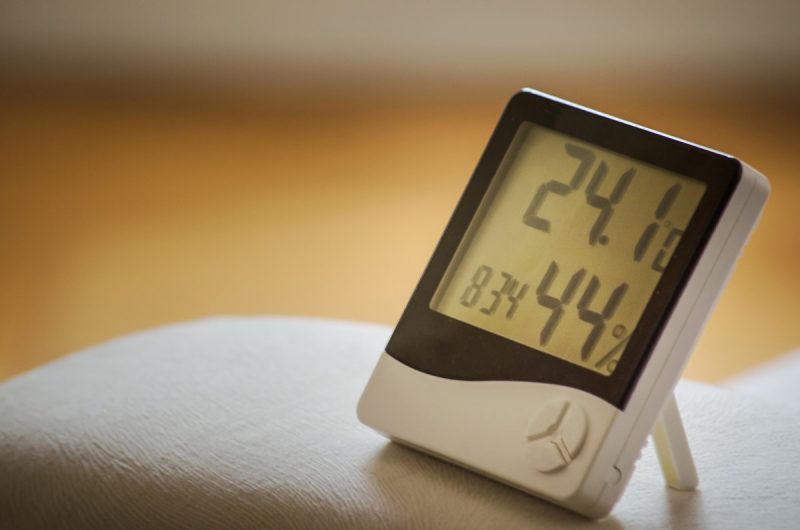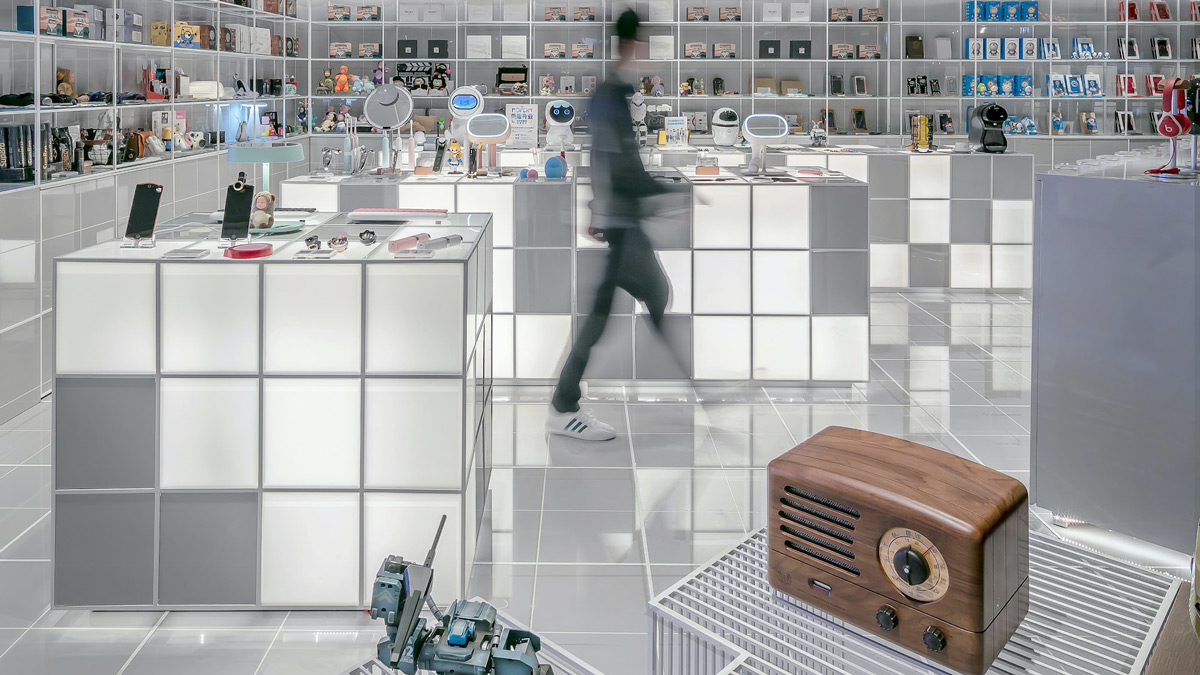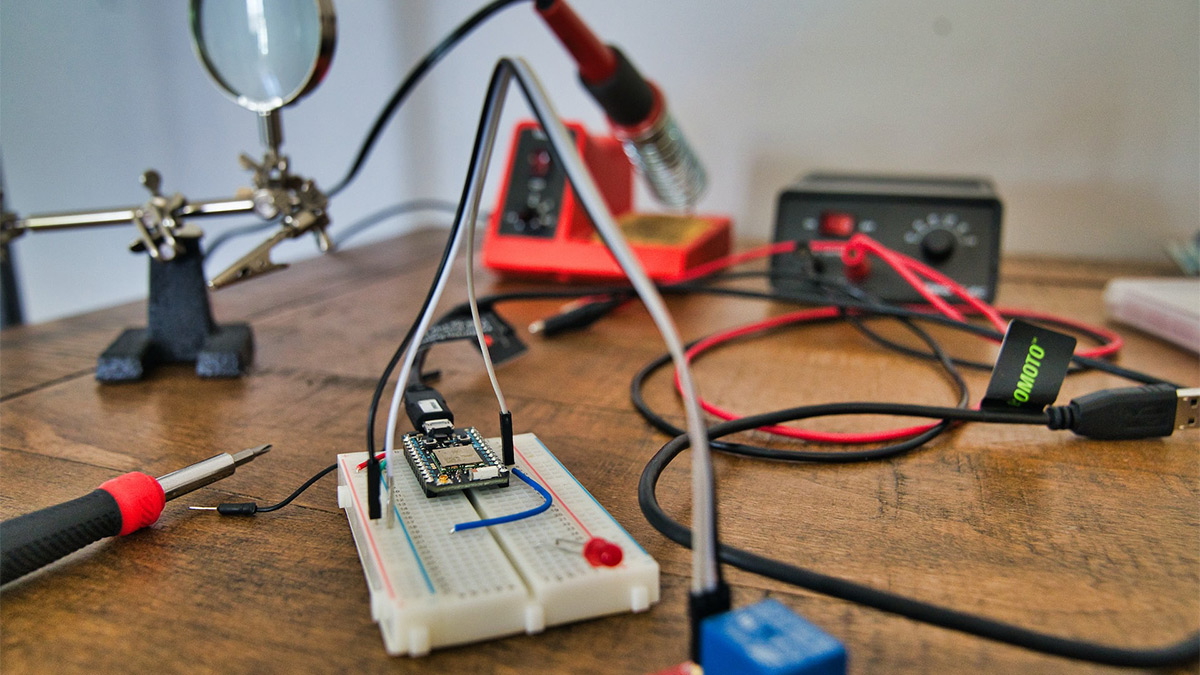Table of contents:
The growth in popularity of air monitoring devices came in 2020 when the world faced the covid-19 pandemic. Although the threat of covid has become less acute for most countries today, monitoring indoor air quality has become familiar to many of those who did not pay attention to this before. In this article, the 2Smart team talks about what the best indoor air quality monitor based on the Internet of Things might look like.
Why indoor air quality monitoring matters
According to research, most people today spend about 90% of their time indoors. So the Indoor Air Quality (IAQ) score is of great importance, especially for vulnerable populations such as the elderly, children, or those with cardiovascular or chronic respiratory diseases.
One of the universal parameters that always needs to be monitored is the level of carbon dioxide (CO2). Carbon dioxide is produced by people when they breathe, so its level in the indoor atmosphere gradually rises in the absence of fresh air. Ideas about what level of carbon dioxide in the air should be considered elevated vary between national regulators. However, the concept of fresh air for non-specialists is precisely the idea of air purified from excess CO2 and filled with oxygen.
Indoor smoking, fossil fuel stoves, and vehicle exhaust produce life-threatening carbon monoxide (CO). By depriving the brain of oxygen, high levels of carbon monoxide can lead to nausea, unconsciousness, and death. This gas is odorless, and poisoning can occur imperceptibly, so if there is a potential source of carbon monoxide in the rooms, it makes sense to consider using sensors that detect gases if n the home.
Radon, which is formed from the radioactive decay oradium, can also be a severe problem. Radium can be present in the building materials that make up a house, but radon can also seep in from the outside, entering the building as soil gas or with drinking water.
Sources of volatile organic compounds are paints, varnishes, some building materials, furniture, office equipment, and so on. Acrolein, formaldehyde, benzene, hexachlorobutadiene, and other substances that accumulate in the air can create a problem for people’s health.
Mold is another serious air pollutant. Formed in excessively damp rooms, mold can act as a serious allergen and cause attacks in people with asthma or a serious respiratory disease.
Add to the above PM2.5 (atmospheric particulate matter less than 2.5 microns), which environmentalists control in cities worldwide. In case of exceeding the PM2.5 norm in the city air, it is not recommended to open windows and do sports outdoors.
Air quality monitoring devices allow you not to worry about most of the above factors, informing users about the need for ventilation or other measures to improve the atmosphere.
Air monitoring devices: simple home appliances and advanced with external sensors
The final choice of an indoor air quality monitor, of course, depends on your task and available budget. If you want to know the main parameters of the air in your room or the main areas of the house, and it is not critical to identify all possible types of air pollution, it is enough to purchase a ready-made household monitor. The cost of quality devices suitable for starting, which can be bought at Amazon, is about $40 to $200. If your needs are modest, you will easily find your best air quality monitor in the mentioned price range.
If the capabilities of such devices are not enough for you, you should consider purchasing more expensive and complex systems or even deploying a custom solution. This option is more suitable for air quality control in a residential building with many rooms, office centers, industrial premises, etc.
First, let’s look at options suitable for home use and allows users to control basic air quality parameters. These are ready-made solutions available on the market, which you only need to buy, install at home, and wait until the air quality monitor for home calibrates all its sensors (calibration time, depending on the model, is from 1 hour to 1 month).
Indoor air quality monitor as a simple home device
Simple and inexpensive consumer-quality monitors that help you control basic air quality parameters in your home are usually either something like digital clocks or weather stations or are boxes with a set of sensors.
Some models of air smart monitors do not even allow the user to get accurate information about parameters such as carbon dioxide levels, volatile organic chemicals, or harmful pollutants. The device only informs whether these parameters are in the “green”, “yellow”, or dangerous “red” zone. Sometimes the user may additionally see an overall air quality color rating based on the above. It is difficult to call such a device the best indoor air quality monitor, but it performs its task properly.
A useful feature that may also be available to buyers of inexpensive devices is monitoring the risk of mold in the home. Warnings in this regard are given based on the current indoor air temperature and humidity values.
More expensive home devices allow you to control more air quality parameters and provide specific values for each instead of abstract color readings. The data may be stored for some time on the server of the device manufacturer, in which case the user can view the graphs of the values in the mobile application or his account on the manufacturer’s website.
With the ability to remotely monitor indoor air quality parameters, the user can take steps to improve them before returning home. The easiest option is to turn on the air conditioner to clean and dehumidify the air with the help of the ESP32-based IR remote control for household appliances using the ready-made mobile app for ESPHome devices on their smartphone or tablet.
This user experience aligns more with the vision of the possibilities that the Internet of Things should provide. However, the main disadvantage of simple household devices is that they only monitor air quality where they are installed. To see the whole picture and monitor the atmosphere throughout the house, you will either need a few simple devices or a more complex one. For example, a device that supports any external air quality sensor for home you need.
Let’s collaborate
We’re empower your business with our technology expertise
Devices supporting air quality sensors for home
More advanced air monitoring devices allow the user to receive more complete and accurate information about the state of the atmosphere in the house:
- more sensors are built into the device – for example, to detect carbon monoxide or radon,
- the device allows you to take readings from additional sensors installed in the house.
Unfortunately, the external air quality sensors for home that are supported by the device usually have to be made by the same manufacturer as the air quality monitor for home itself. This is a marketing trap that chooses external sensors limited.
However, the advantages of such systems are obvious anyway. The air monitor device not only controls the atmosphere where it is installed but is also a hub for the network of sensors in your home.
How to deploy an air quality monitor system: professional solutions for air quality monitoring and automation
For most users, the systems described above are sufficient. Home appliances give an adequate indication of air quality in a home, small office, or small business. However, a professional solution for pinpointing pollutants is required if you need to control parameters that are sensitive to you or set up automation.
To meet air quality regulations, you may not only need to monitor levels of carbon dioxide, particulate matter, or radon but also control the presence of people in the room, for example. The configured automatic air quality monitor system allows you to receive notifications of decreased air quality and autonomously start room ventilation to reduce indoor pollutants.
With our help, you can deploy a similar system based on the 2Smart Standalone automation system in a residential building, office center, educational or public institution. You can flexibly select sensors to control the air quality parameters you need. For example, there are sensors for advanced indoor environment monitoring on the market that simultaneously controls several parameters:
- temperature,
- humidity,
- light,
- motion,
- CO2 level,
- and more.
Professional sensors transmit information using the LoRaWAN protocol, distinguished by a long range of wireless data transmission and low power consumption. For a computer with a deployed automation system (such as 2Smart Standalone) to receive this data, you will also need a LoRaWAN gateway.
After setting up the automatiс air quality monitor system, you will be able to get a complete picture of air quality in real-time based on the parameters controlled by installed and connected sensors. Historical data values of all sensors will be stored indefinitely, so you can restore information about air quality in all rooms where sensors are installed at any time.
Also, if you want, you can set up automatic ventilation and air filtration when critical levels of carbon dioxide, pollutants, humidity, etc., are reached.
The advantage of the 2Smart Standalone automation platform and similar solutions is that you can use any sensors and controlled devices, regardless of the manufacturer. So you are not limited in hardware configuration.
Air quality monitoring may be just one of the many features of an automation platform. In addition, you can receive information from any other sensors and control any connected devices, including using custom automation scenarios. You can learn more about the capabilities of the 2Smart Standalone automation platform using real cases of a smart home or a smart greenhouse as an example.
Don't forget to share this post!
Read Next
Let’s dive into your case
Share with us your business idea and expectations about the software or additional services.
















